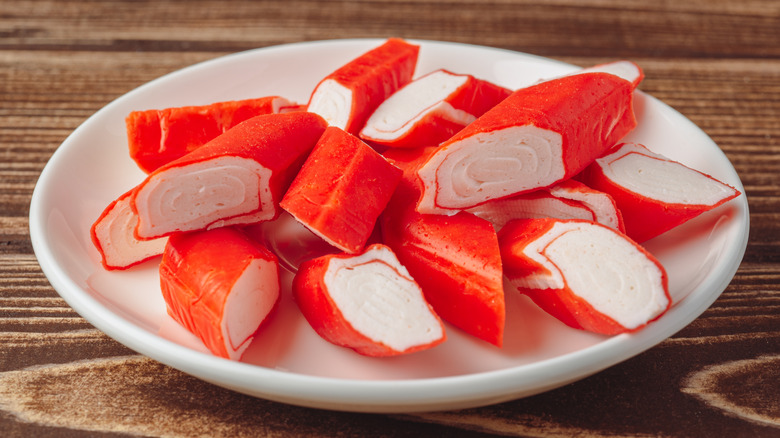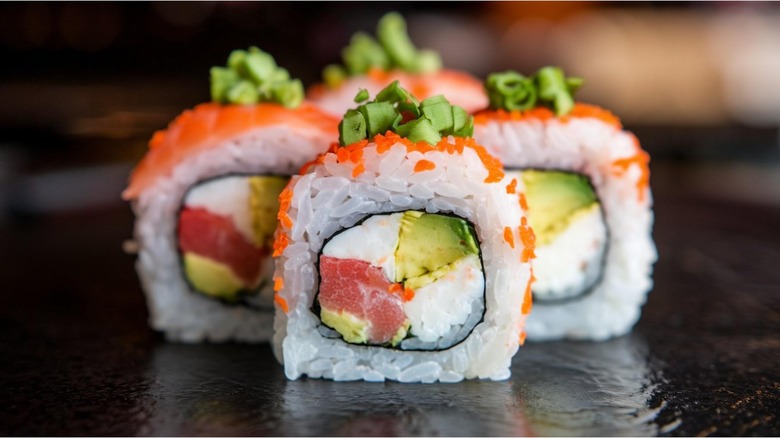Surimi, Also Known As Imitation Seafood, Is A 12th-Century Invention
Surimi, a mock version of shellfish (perhaps best known for its role in imitation crab), might just be the unsung hero of the seafood world. This multipurpose fish-based product with roots tracing back over 900 years to Japan has evolved from a humble preservation method into a culinary phenomenon. What started as a way for fishermen to extend the shelf life of their catch has transformed into an accessible and adaptable ingredient that can be found in everything from sushi and sandwiches to crispy crab rangoon and creamy spreads. The art of making surimi began when fishermen discovered that deboning and mincing white fish and mixing it with salt to create a smooth paste allowed the fish to last longer while offering a protein-rich food that could take on diverse flavors and textures.
Fast-forward to the 1960s when a Japanese chemist refined the traditional surimi-making process, paving the way for industrial-scale production. This innovation combined fish paste (specifically made from Alaska pollock) with starches, sugars, egg whites, and flavorings to mimic a variety of oceanic delights. Shaped into sticks, shreds, or chunks, modern surimi captured new markets, including the U.S., where it quickly became an affordable alternative to authentic crab, lobster, shrimp, and other seafoods.
Surimi replicates the flavor and texture of seafood
Today, surimi is a go-to in everything from sushi rolls to seafood salads. One of its most recognizable forms, the kani stick, is a key element in California maki (which was invented in Vancouver, by the way). In addition to faux crab, surimi can also be seasoned to emulate shrimp, scallops, and lobster, making it an economical substitute for high-end crustaceans. For example, while a classic New England lobster roll recipe features fresh lobster chunks mixed with mayo, celery, and lemon juice, many turn to imitation lobster to whip up a similarly delicious yet budget-friendlier version.
Surimi shines in Japanese hot pots like sukiyaki, as well as in hearty soups, dips, stir-fries, casseroles, and comforting pasta dishes like macaroni and cheese. Its mild flavor serves as a perfect canvas for bold seasonings like garlic, cayenne, paprika, or Old Bay (an iconic medley of various spices). Whether it's folded into maki or bringing a touch of the ocean to your favorite dinner, surimi's versatility and cost-effectiveness have made it a globally beloved ingredient.

